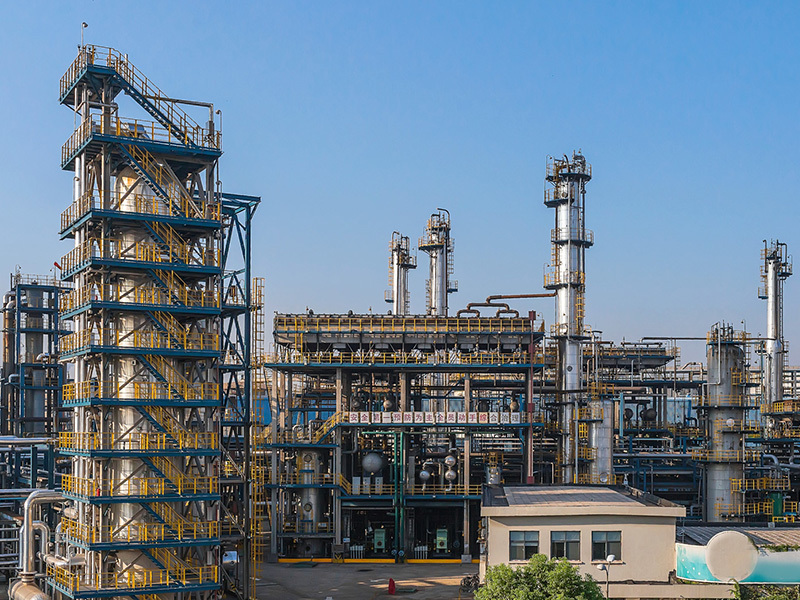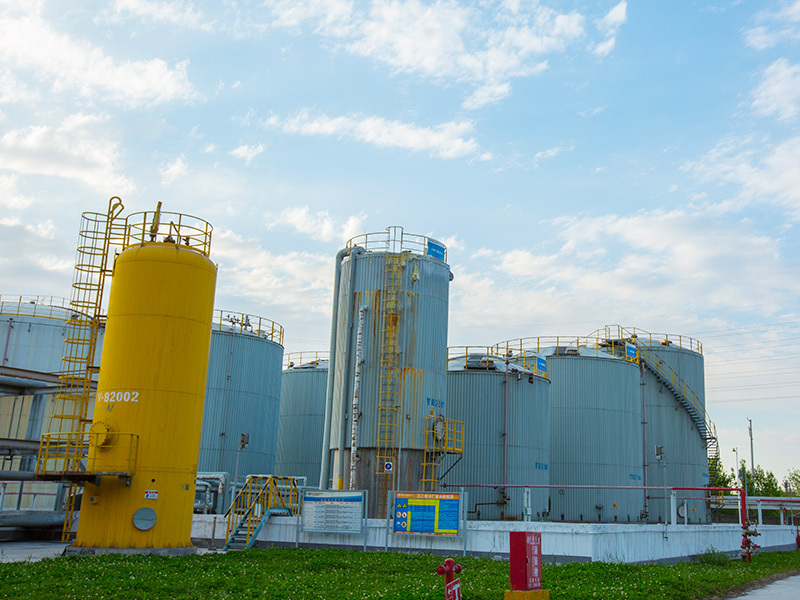What kind of piping uses a weld-neck flat-face flange, and what kind uses a weld-neck socket-weld flange?
An alloy steel SO-welded flange with a raised face—its literal meaning clearly conveys that it’s a flat-welded flange made from alloy steel material, often simply referred to as a flange plate.
An alloy steel SO weld-neck flat flange—its name itself clearly conveys that it’s a flat flange crafted from alloy steel, often simply referred to as a flange plate. While belonging to the same family as standard weld-neck flat flanges, this particular type stands out due to its superior performance, thanks to the unique properties of its alloy steel material. Not only does the alloy steel SO weld-neck flat flange boast a sleek, aesthetically pleasing design with smooth, flowing lines, but its surface is meticulously finished to deliver a perfectly even and polished texture—a hallmark of high quality and sophistication. More importantly, this flange excels in its exceptional resistance to acids and alkalis, ensuring stable performance even in harsh chemical environments where corrosion and damage are common threats. Additionally, the flange demonstrates remarkable anti-corrosion capabilities, allowing it to maintain both its structural integrity and visual appeal over extended periods, even in challenging conditions like high humidity or salty, corrosive settings. Beyond its functional excellence, the alloy steel SO weld-neck flat flange also impresses with its outstanding material qualities. Carefully selected and precisely engineered, the alloy steel delivers superior strength, hardness, and toughness, making it ideally suited for demanding applications across diverse industrial environments. It’s worth noting that the "SO" designation, specifically used for weld-neck flat flanges in English, not only simplifies international communication and collaboration but has also contributed significantly to the global recognition and widespread adoption of alloy steel SO weld-neck flat flanges in industries worldwide.
Keywords:
Related Blog
Introduction to Anti-Corrosion Steel Pipes
A 180° elbow is a metal pipe fitting used to change the direction of piping in carbon steel pipelines.
What are angled tees and angled crosses?
Both types of fittings optimize fluid dynamics performance and installation flexibility through angular design, making them an efficient alternative to traditional straight tees and crosses in modern piping systems.
Avoiding splicing at the r-point of the dish-shaped tube cap can prevent thinning and high stress.
Stainless Steel Grades: 304, 304L, 316, 316L, 321, 2520, 310, 317, and more. Nominal Diameters: DN15 to DN1200 Wall Thicknesses: SCH5 to SCH160 Standards: ASME, DIN, JIS, BS, GB/T, JB, SH, HG—specifically including: GB/T 12459-2017, GB/T 13401-2017, ASME B16.9, SH3408, SH3409, HG/T 21635, DL/T 695, SY/T 0510, DIN 2617. Applications: Water, beverages, beer, food processing, petrochemicals, nuclear power, machinery, medical equipment, fertilizers, shipbuilding, waterproofing systems, piping, and more. Packaging: Wooden crates or cardboard boxes. When applying dish-end caps, avoid splicing at the radius area, as this can lead to material thinning and high stress concentrations. During splicing, weld seams must be oriented either radially or circumferentially—this requirement may eventually be relaxed for larger-cap diameter applications. Additionally, there are specific spacing guidelines for splices: they should be positioned at least 3δ away from each other, with a minimum distance of 100 mm. (The weld heat-affected zone is inherently a region of high stress, and chemical composition loss occurs within this area. Therefore, it’s crucial to steer clear of these high-stress zones, as their extent depends on the material thickness. Based on practical experience, the recommended stress-relief length is greater than 3δ but no less than 100 mm.) However, this requirement is particularly challenging to meet in refrigeration equipment due to their unique design characteristics.








